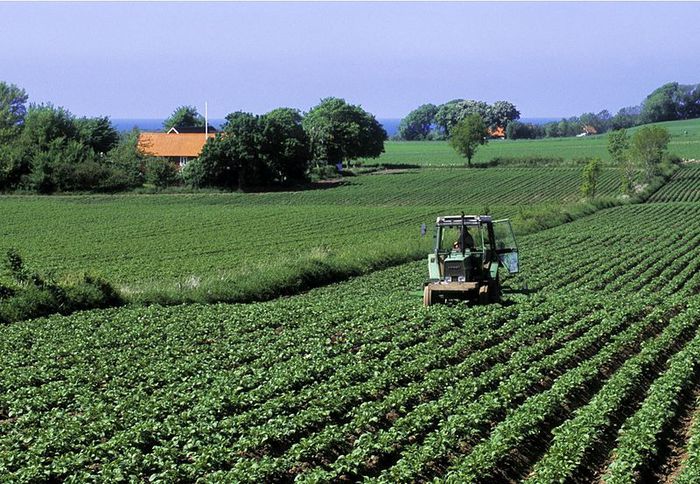More than 17 billion tons of CO2 per year: this is the environmental impact of food production globally in terms of greenhouse gas emissions. 29% derives from the production of food of plant origin, while almost double (57%) is due to food of animal origin. The budget is mainly affected by cattle breeding and rice crops, with South America and Southeast Asia leading the regions that emit the most greenhouse gases. The estimate is published in the journal Nature Food by an international group of experts led by the University of Illinois in which the Statistics Division of FAO in Rome also participates.
The study is the first to take into account the net emissions of the three main greenhouse gases (carbon dioxide, methane and nitrous oxide) deriving from all sectors of the food supply chains relating to 171 crops and 16 livestock products. "Although CO2 is very important, the methane generated by rice crops and animals and nitrous oxide from fertilizers are 34 and 298 times more powerful in retaining heat in the atmosphere, respectively," explains the first author of the study, Xiaoming Xu. .
The data, collected in over 200 countries around the world around 2010, show that food systems are responsible for 35% of emissions related to human activities. In particular, 29% is due to the production of foods of plant origin (19% CO2, 6% methane, 4% nitrous oxide), 57% is due to foods of animal origin (32% CO2, 20% methane, 6% nitrous oxide), while other non-food products, such as cotton and rubber, contribute 14% to emissions. Thanks to these data, the researchers were able to create a public database that allows to estimate the environmental impact of the various activities of the food sector in different areas of the world. The results show, for example, that China, Brazil,The United States and India are the 'black mesh' countries for emissions associated with the production of food of animal origin, while emissions related to food of plant origin are higher in China, India and Indonesia.
Considering that global population growth will lead to increased crops and livestock, as well as the use of water, fertilizers and pesticides, processing and transportation of products, the researchers hope that the database can be used to better estimate greenhouse gas emissions linked to the various activities of the food sector: a way to encourage everyone - from ordinary citizens to policy makers - to adopt lifestyles and policies that can mitigate the effects of greenhouse gases, before climate change becomes irreversible.

